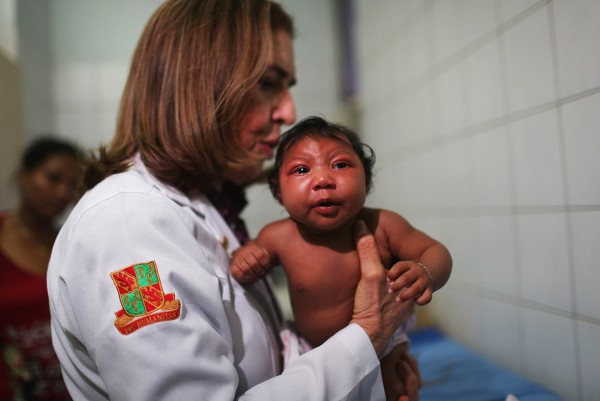
Dr. Vanessa Van der Linden, a neurologist in Pernambuco state in Recife, founded it unusual when she saw three cases of microcephaly, a birth defect with small head and incomplete brain development, in one single day.
It was unusual because she would not see a baby with microcephaly in three to four months and hence getting three cases in a single day was certainly indicating something unusual.
Dr. Van der Linden's mother, Ana, who works in a different centre shared with her daughter that she saw seven cases of microcephaly and some of the pregnant women in those cases reported a rash in early pregnancy but nothing seemed serious then.
According to Time, Recife had reported 300 cases of microcephaly in 2015 and Dr. Van der Linder had seen 80 cases, of which the doctor recalled a case of August 2015, in which she saw a baby with severe microcephaly and brain scans determined the causes to be rubella or toxoplasmosis.
However, the images of calcification looked unusual than other cases of microcephaly that she had diagnosed in the past. In this case too, the mother reported rashes in her early pregnancy but nothing was serious.
Dr. Van der Linder reported this unusualness in microcephaly cases to the Brazilian authorities as the brain scan indicated a novel cause of the disease. The Brazilian authority confirmed that there was in fact a visible increase in the microcephaly cases. An investigation for the virus was launched for the virus but the similarities between dengue and Zika have put a challenge for the investigation team.
Scientists have reported that most of the babies do not have any genetic material for the virus; however, the inferences regarding the relation between Zika virus and microcephaly was made as women with babies with microcephaly have been diagnosed with genetic material of the virus in their amniotic fluid.
The research team is still collaborating research and new cases and follow-up with family to establish the predicted link of Zika and microcephaly.



